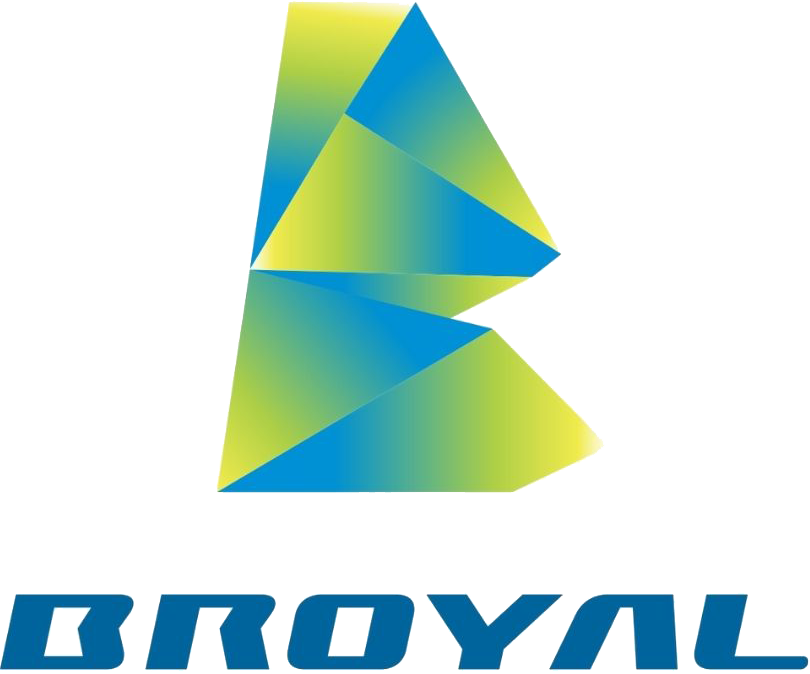The Science and Art of Glitter Powder: A Comprehensive Guide from a Leading Manufacturer
Introduction
Glitter powder is more than just a decorative additive—it’s a precision-engineered product that combines materials science, optical physics, and industrial design. As a professional glitter powder manufacturer with ISO 9001 certification, we control every aspect of production from polymer selection to surface metallization. This white paper details the technical specifications and innovative applications that set industrial-grade glitter apart from craft-store varieties.
Section 1: Materials Engineering
1.1 Polymer Substrates
PET (Polyethylene Terephthalate):
Thickness: 12-500μm
Temperature resistance: -40°C to 150°C
Refractive index: 1.57-1.58 (optimized for light reflection)
Biodegradable PLA:
Compostable under industrial conditions (EN 13432)
60-day degradation rate: ≥90%
1.2 Metallization Process
| Coating Type | Thickness (nm) | Reflectivity | Oxidation Resistance |
| Aluminum | 30-50 | 85-92% | 500hrs salt spray test |
| Titanium | 20-40 | 78-85% | 1000hrs UV exposure |
*Proprietary dual-vacuum deposition achieves 30% greater adhesion than industry average (ASTM D3359-17).*
Section 2: Precision Cutting Technologies
2.1 Geometric Precision
Laser Cutting:
Tolerance: ±0.01mm
Minimum feature size: 0.2mm (for micro-lettering)
Die Cutting:
Speed: 120m/min
Tool life: 8 million cuts
2.2 Particle Size Distribution
text
[Graph: Gaussian distribution of 0.5mm hexagons with D50=475μm, D90=520μm]
Section 3: Advanced Optical Treatments
3.1 Interference Pigments
Color Shift Technology:
3-layer SiO2/Al/SiO2 coating
Viewing angle ΔE<3 (CIE LAB)
3.2 Holographic Effects
Diffraction Grating:
1000 lines/mm pattern
70° rainbow dispersion
Section 4: Industry-Specific Formulations
4.1 Cosmetic Grade (ISO 22716)
Particle roundness: >0.85 (prevents skin irritation)
Heavy metals: <10ppm (EU 1223/2009 compliant)
4.2 Industrial Coatings
Automotive:
5-year Florida exposure test (SAE J2527)
Viscosity: 150-200cP at 25°C
4.3 Food Contact
FDA 21 CFR 175.300 compliant
Migration testing: <0.01mg/dm²
Section 5: Quality Assurance Protocol
1.Raw Material Inspection (XRF spectroscopy)
2.In-line Thickness Monitoring (Laser micrometers)
3.Color Consistency (Spectrophotometer ΔE<1.5)
4.Adhesion Testing (Cross-hatch tape test)
